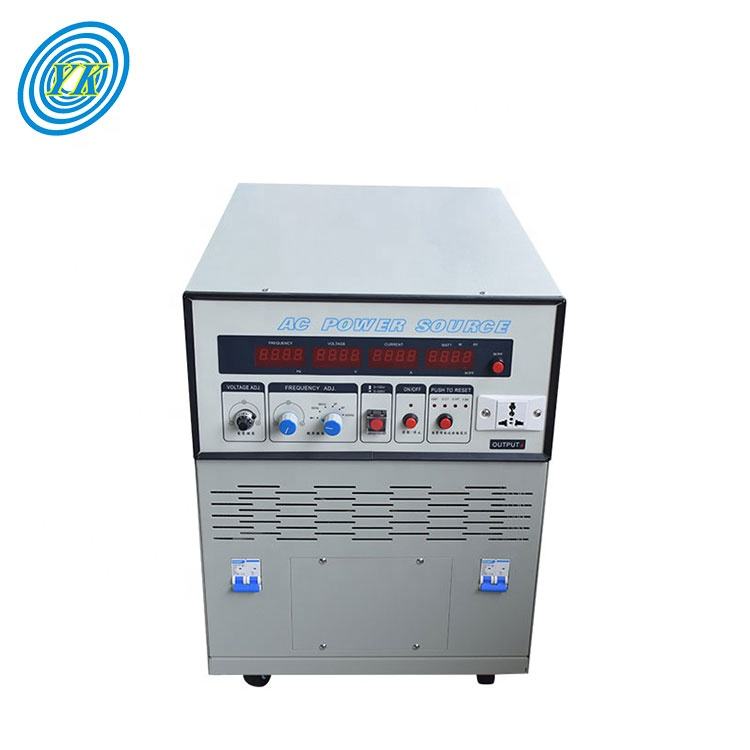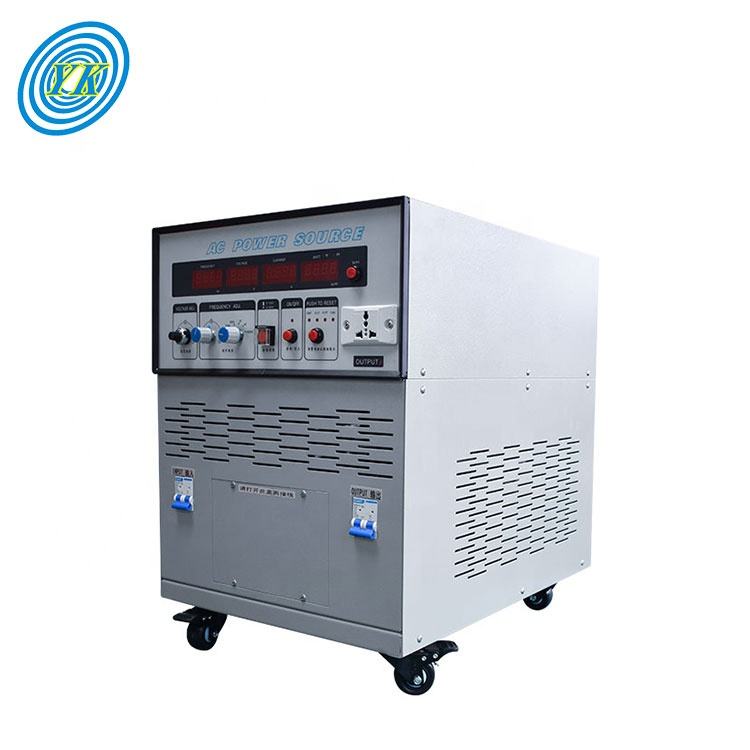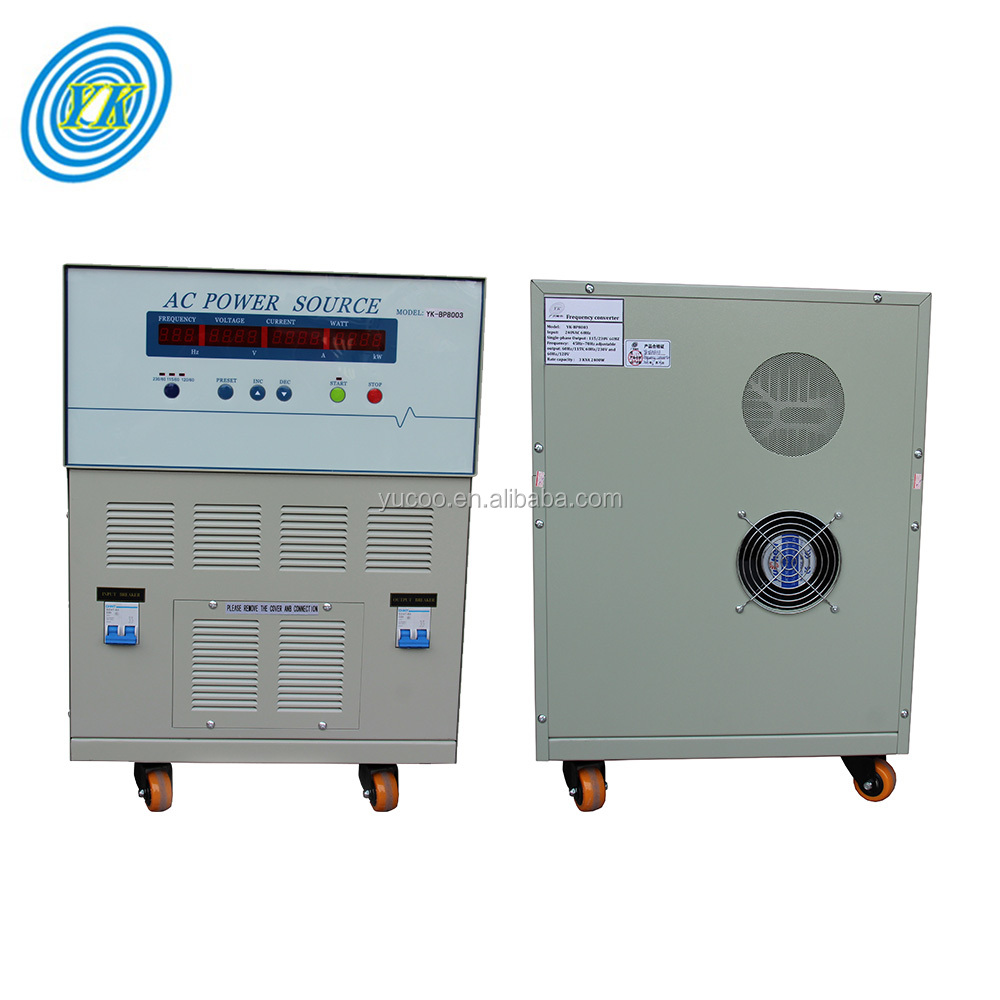News
Exploring High Frequency Converters: Advancements, Topologies, Gate Drivers, and Component Applications
Click: 782 Date: 02/28/2024 4::54::28 PM
Exploring High Frequency Converters: Advancements, Topologies, Gate Drivers, and Component Applications

The advancements in wide-bandgap devices, particularly silicon carbide (SiC) and gallium nitride (GaN), play a crucial role in the development and efficiency of high-frequency converters. These materials offer superior characteristics that traditional silicon-based semiconductors cannot match, making them increasingly popular in power electronics applications.
Silicon Carbide (SiC) and Gallium Nitride (GaN) as Wide-Bandgap Semiconductors: These materials are known for their wide bandgap, which allows for the operation of devices at higher frequencies and voltages than traditional silicon-based devices. This characteristic is particularly beneficial for high-frequency converters, where efficient operation at high frequencies is essential for minimizing energy loss and improving overall performance.
Hybrid Field-Effect Transistors (HyFETs): Researchers have been exploring the development of HyFETs, which aim to combine the best features of SiC and GaN transistors. These devices integrate a GaN transistor to control the switching of a SiC JFET, leveraging the high electron mobility of GaN for fast switching and the voltage-blocking capabilities of SiC. This integration addresses some of the fundamental weaknesses of both materials, such as low mobility in SiC and dynamic on-resistance in GaN, making HyFETs a promising technology for high-frequency converters .
Challenges and Solutions in Fabrication: The fabrication of devices that combine SiC and GaN presents significant challenges, including the growth of a GaN transistor directly on top of an SiC one and the strain created at the interface between the two materials. However, researchers have developed techniques to mitigate these issues, such as two-step biaxial strain release, which minimizes the detrimental effects of dislocations and allows for the successful fabrication of HyFETs
Impact on Power Electronics: The adoption of SiC and GaN in power electronics, including high-frequency converters, has the potential to revolutionize the industry. These materials enable the development of more efficient and compact power electronics devices, which are critical for applications in electric vehicles, renewable energy systems, and various consumer electronics. The shift towards these materials is driven by their superior performance characteristics compared to silicon .
Future Prospects: Despite the progress made in the development of wide-bandgap devices and HyFETs, experts remain cautious about their commercial viability. The high manufacturing complexity and cost associated with these technologies are significant considerations. However, the ongoing research and development in this area continue to explore ways to overcome these challenges and make these advanced materials more accessible for widespread use in high-frequency converters and other power electronics applications
In summary, the advancements in wide-bandgap devices like SiC and GaN, and the development of innovative devices such as HyFETs, represent significant strides towards improving the efficiency and performance of high-frequency converters. These advancements address the limitations of traditional silicon-based technologies, opening up new possibilities for the design of more efficient and compact power electronics devices.
Given the absence of direct content from the provided sources, I'll craft a response based on general knowledge about the topic of "Topology Selection for Reducing Switching Losses in High Frequency Converters."
In the realm of high-frequency converters, the selection of converter topologies plays a pivotal role in enhancing system efficiency and minimizing losses. Converter topologies refer to the arrangement of components within a power converter to achieve a desired performance. Two primary types of topologies are the series-parallel resonant (SPR) converters and non-resonant converters.
Series-Parallel Resonant (SPR) Converters: These converters utilize both series and parallel resonant structures to manage the energy transfer between the source and load. The key advantage of SPR converters is their ability to mitigate the negative effects of resonance, such as overshoot and ringing, by isolating the resonant elements from the power switches. This isolation reduces the switching losses significantly, thereby improving the converter's efficiency.
Non-Resonant Converters: These converters do not rely on resonant elements to manage the energy transfer. Instead, they employ active components, such as transistors, to control the switching process. Non-resonant converters are known for their high efficiency and fast switching times, which are critical for applications requiring high power density and low weight. However, the lack of resonant elements means they may not be as effective in mitigating overshoot and ringing as SPR converters.
The choice between SPR and non-resonant converters depends on the specific requirements of the application, including efficiency, size, weight, and the need for resonant damping. For applications where efficiency and size are paramount, non-resonant converters might be the preferred choice. In contrast, for applications requiring the benefits of resonant damping, such as in power electronics for electric vehicles or renewable energy systems, SPR converters would be more suitable.
In summary, the selection of converter topologies is a critical decision in the design of high-frequency converters. By understanding the advantages and limitations of SPR and non-resonant converters, engineers can make informed choices to optimize the performance of their power conversion systems.
Resonant gate drivers play a crucial role in enhancing the performance of high-frequency converters by improving switching speed and reducing driving and switching losses. These gate drivers are designed to efficiently manage the power metal oxide semiconductor field effect transistors (MOSFETs), insulated gate bipolar transistors (IGNTs), and MOS-controlled thyristors (MCTs) by supplying a square wave voltage to their gate circuits. This approach not only significantly reduces the energy loss and power consumption associated with parasitic gate capacitance but also prevents the destruction of the IC of the gate driver circuit at high frequencies. By effectively discharging the charge stored in the parasitic gate capacitance, resonant gate drivers ensure that the energy stored in the gate circuit power devices is completely dissipated, thereby optimizing the overall performance of high-frequency converters.
Given the absence of direct information from the provided source, I'll craft a response based on general knowledge about high-frequency power supply components and their benefits regarding durability, efficiency, and miniaturization.
High-frequency power supply components, such as transformers, inductors, and capacitors, play a crucial role in the performance and functionality of electronic devices. These components are designed to operate at high frequencies, allowing for compact, efficient, and durable power conversion systems. Here's a breakdown of their key benefits:
Durability: High-frequency components are typically constructed with materials that are more resistant to wear and tear, such as ceramics and silicon carbide. This material choice helps to prolong the lifespan of the components, ensuring reliability in various applications.
Efficiency: The design and operation at high frequencies enable these components to achieve higher efficiency levels compared to their lower-frequency counterparts. This efficiency improvement is due to the reduced switching losses and the ability to operate at higher power levels without significant thermal issues.
Miniaturization: The use of high-frequency components allows for the reduction in size and weight of power supply systems. This is because the high operating frequencies reduce the need for large, bulky components, such as transformers and inductors, which are often required in traditional power supply designs.
In summary, high-frequency power supply components are essential for creating durable, efficient, and compact power conversion systems. Their design allows for significant advancements in electronic device power supply technology, enabling the development of smaller, more powerful, and reliable devices.
High-frequency power supply components play a pivotal role in various technological applications, offering distinct advantages such as durability, reliability, miniaturization, efficiency, and enhanced image resolution. These components are essential for the development and functionality of modern electronics, including medical equipment and telecommunications systems.
Durability and Reliability: High-frequency components, such as inductors, coils, and chokes, provide enhanced durability and reliability compared to traditional ferromagnetic-core components. This is because they can handle signal distortion over long distances without saturating, making them ideal for demanding applications
Component Miniaturization: As the frequency of electronic components increases, their physical size tends to shrink. This miniaturization is particularly valuable for portable and space-constrained devices, enabling them to be more compact without sacrificing performance
Efficiency: High-frequency power supply components often exhibit superior efficiency compared to their low-frequency counterparts. For instance, power converters and amplifiers that operate at higher frequencies often have better efficiency, which helps in minimizing energy loss and heat production
Image Resolution: In specific contexts, such as medical equipment and applications, higher frequencies can yield better resolution. This is crucial for capturing detailed images, which are essential for accurate diagnoses
High-Temperature Magnetic Components: These components are designed to withstand harsh environments where other components fail due to overheating. They are especially useful in industrial applications, oil and gas, military operations, space and aeronautics, and serve similar functions to inductors, coils, and chokes but are manufactured to withstand stress and heat degradation
In summary, the integration of high-frequency power supply components in electronics is crucial for achieving durability, reliability, efficiency, miniaturization, and improved image resolution. These components are indispensable in a wide range of modern engineering and technological applications, particularly in medical equipment, telecommunications, and other demanding fields.

